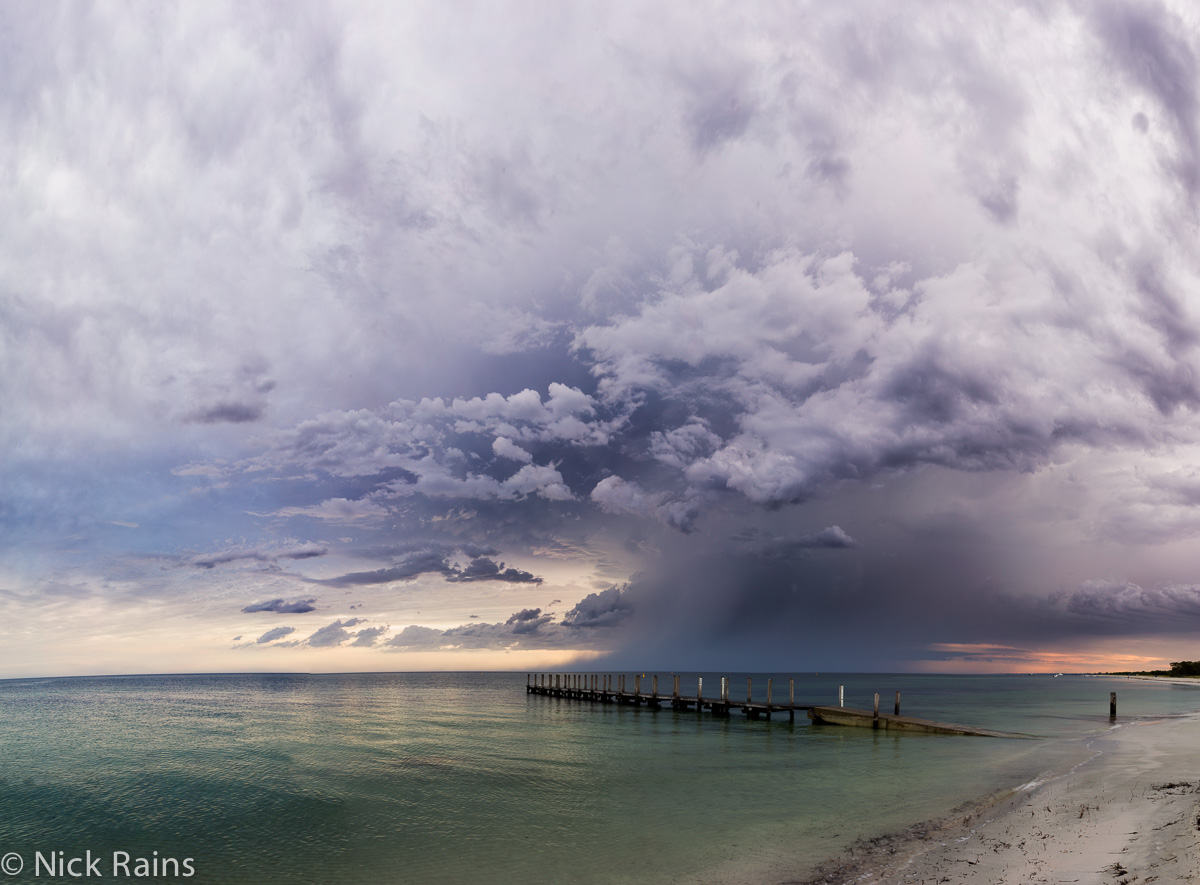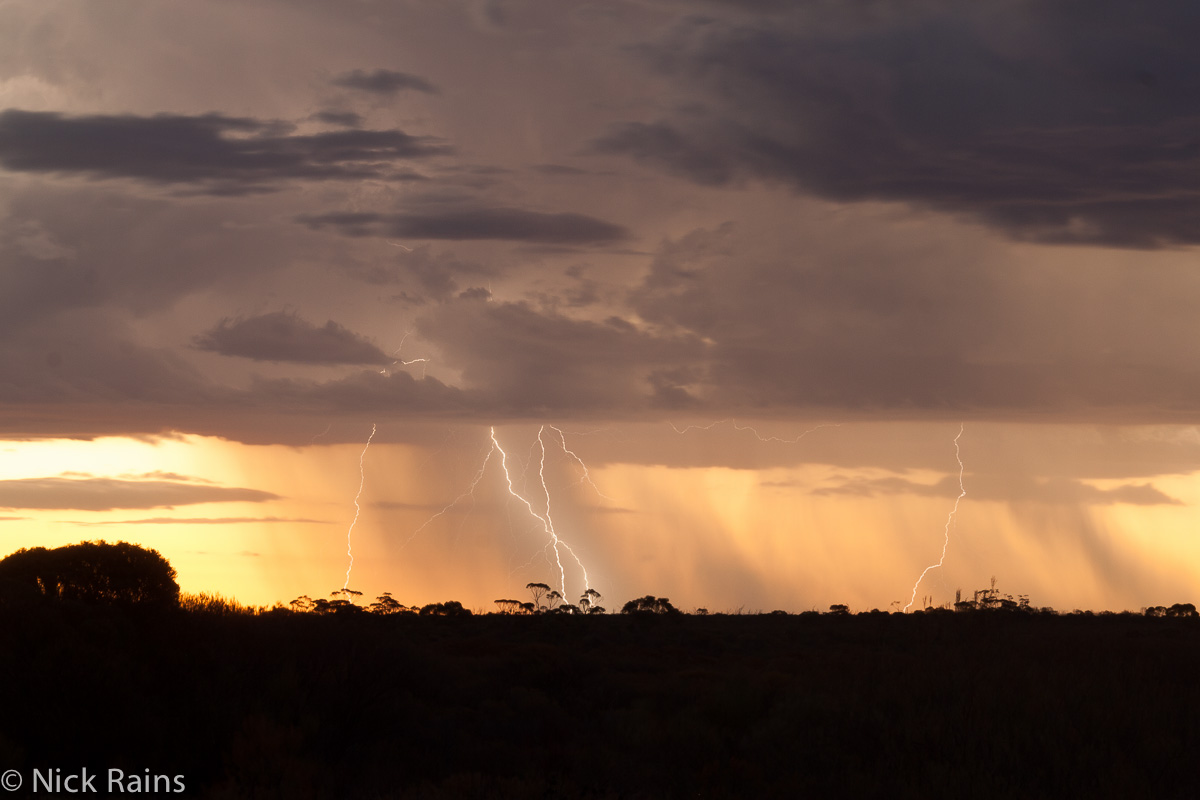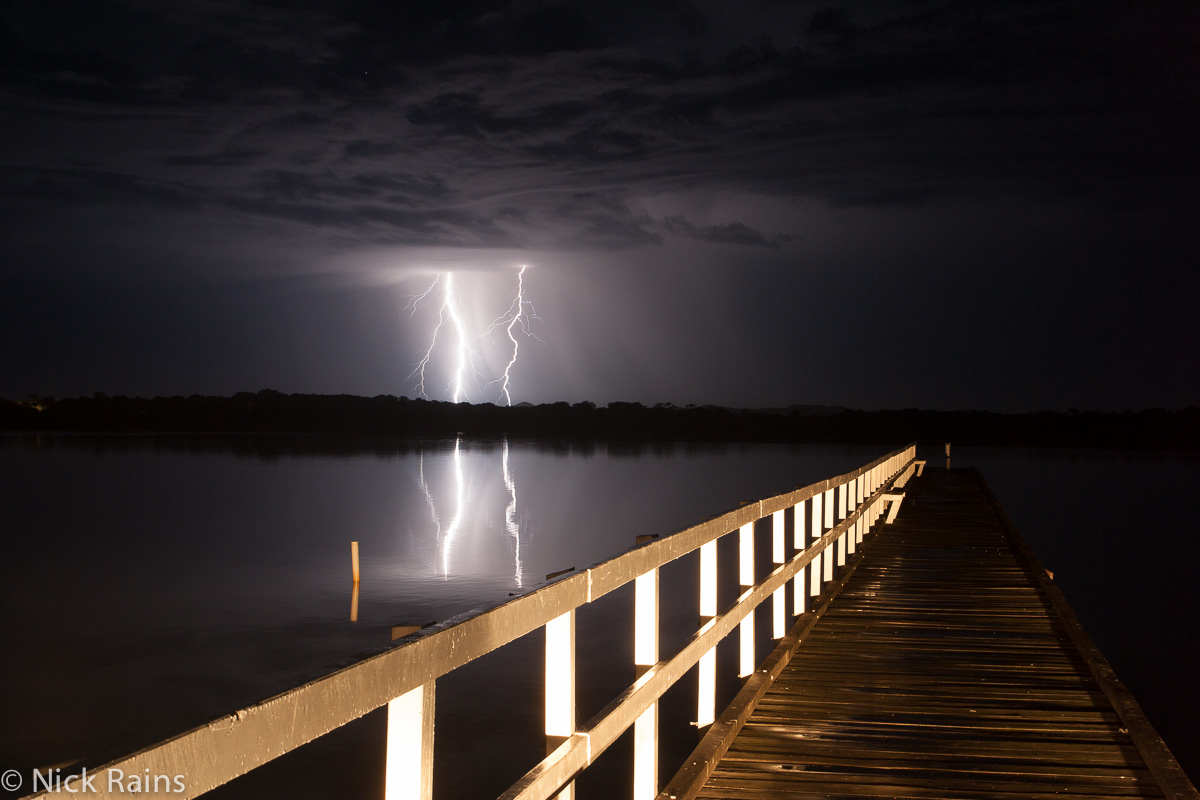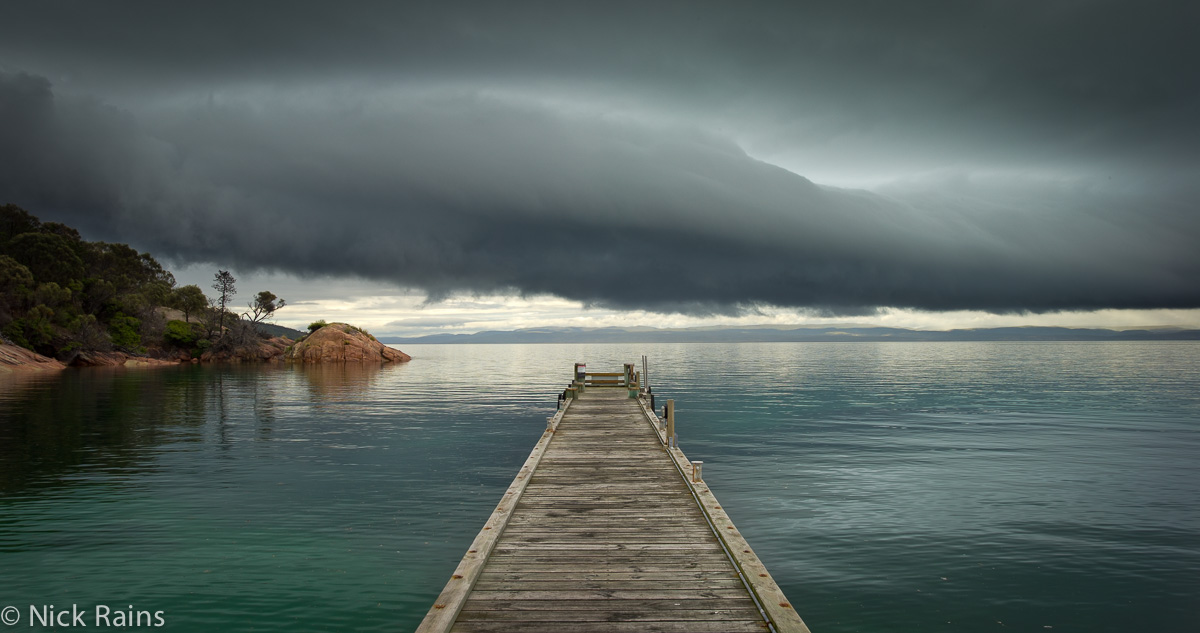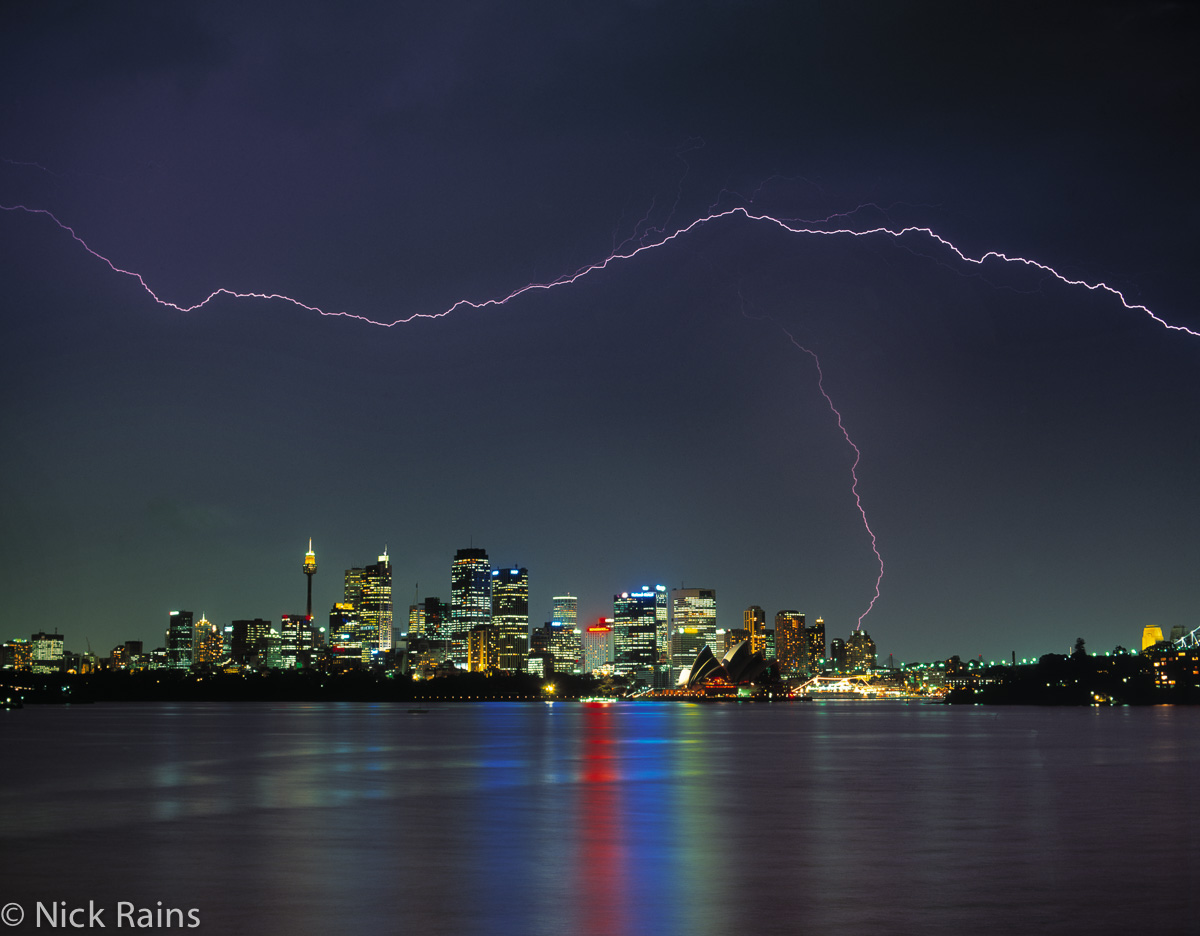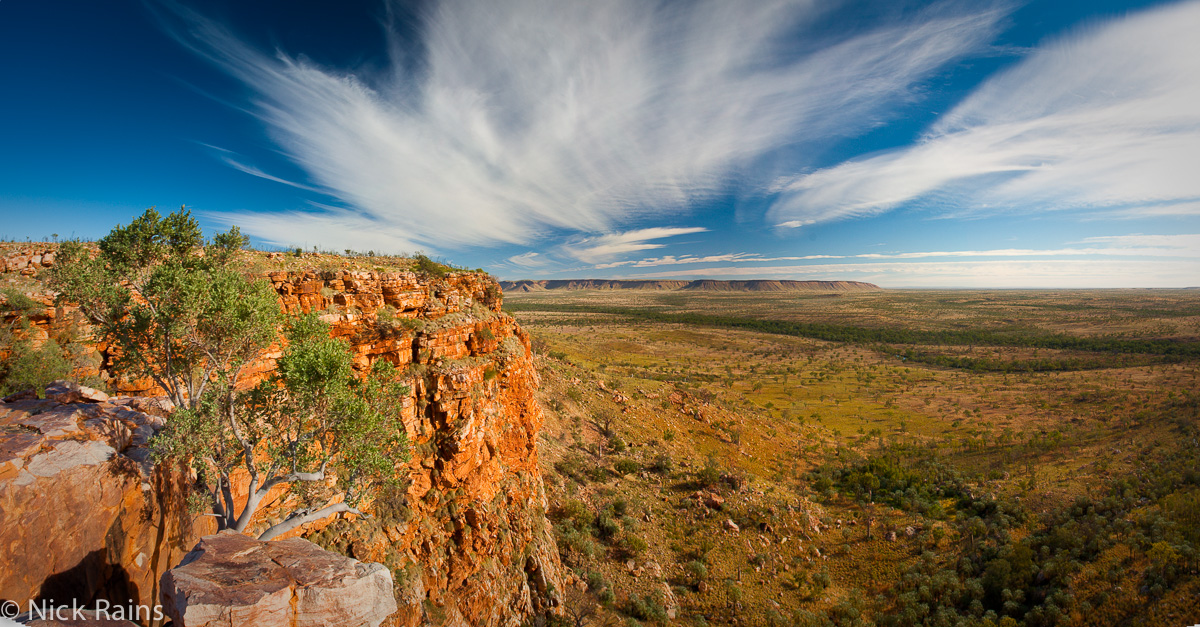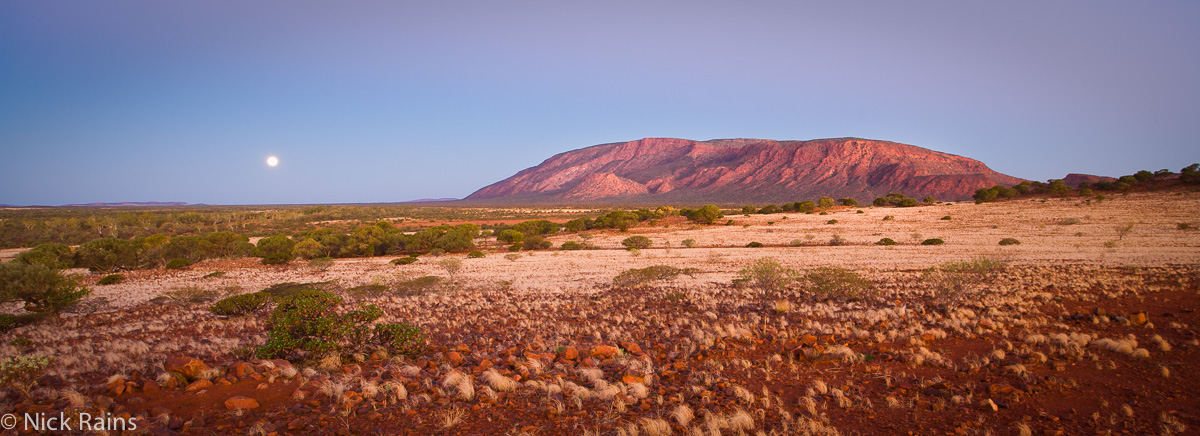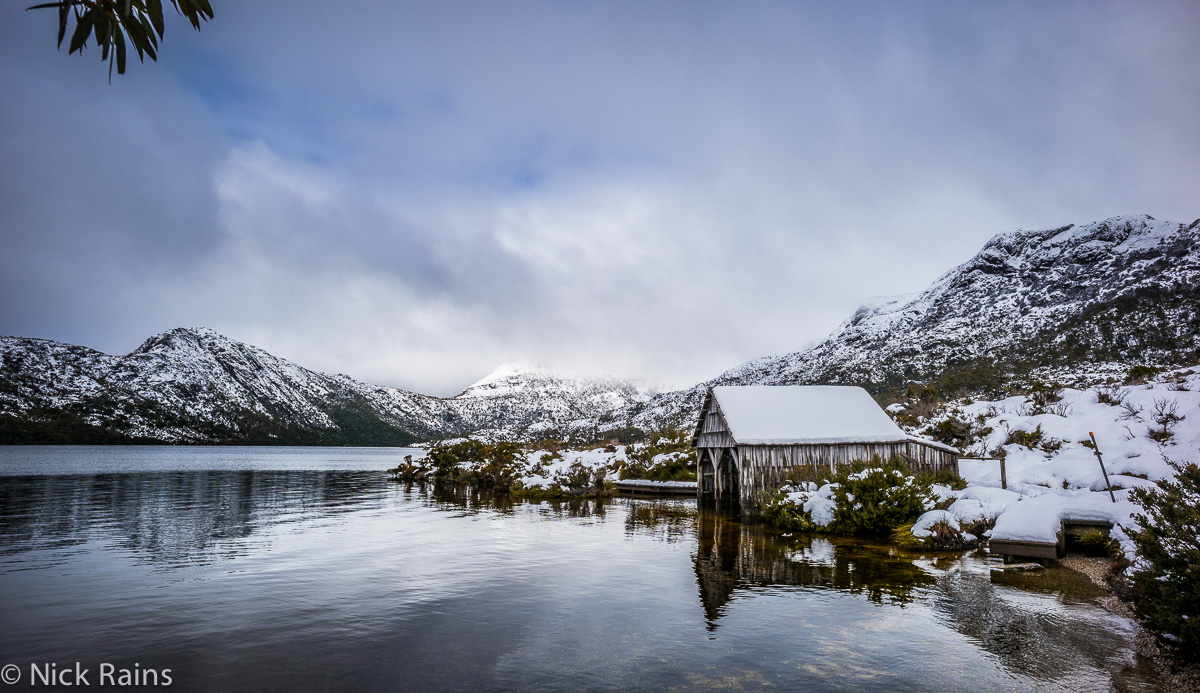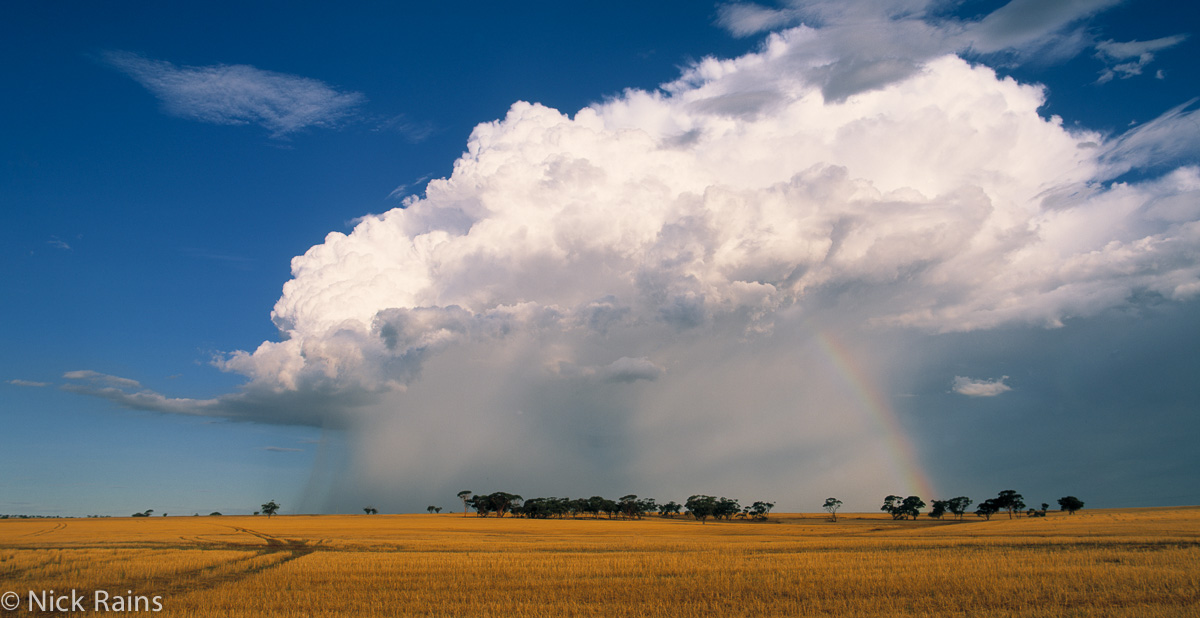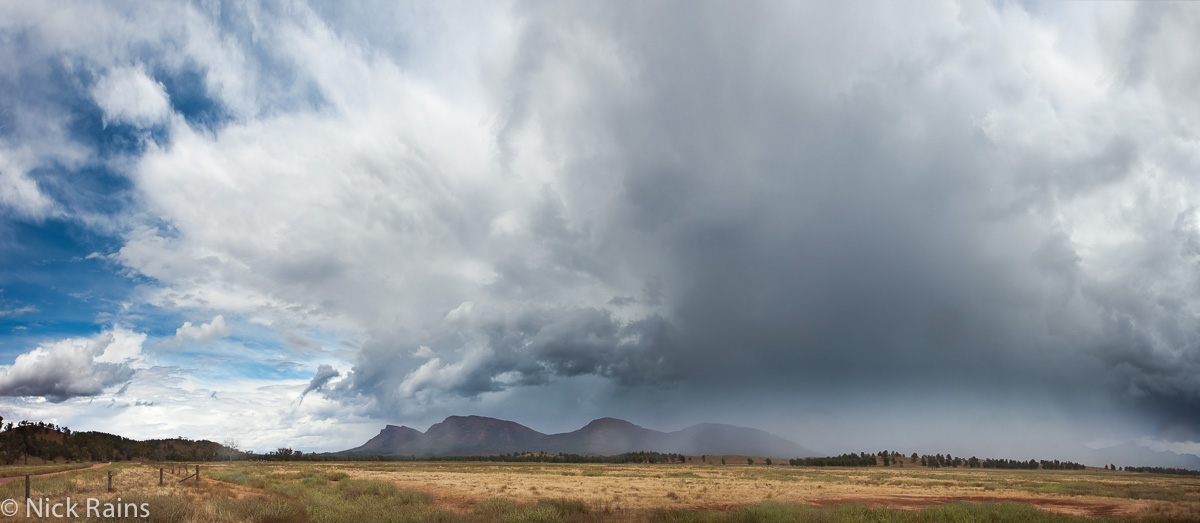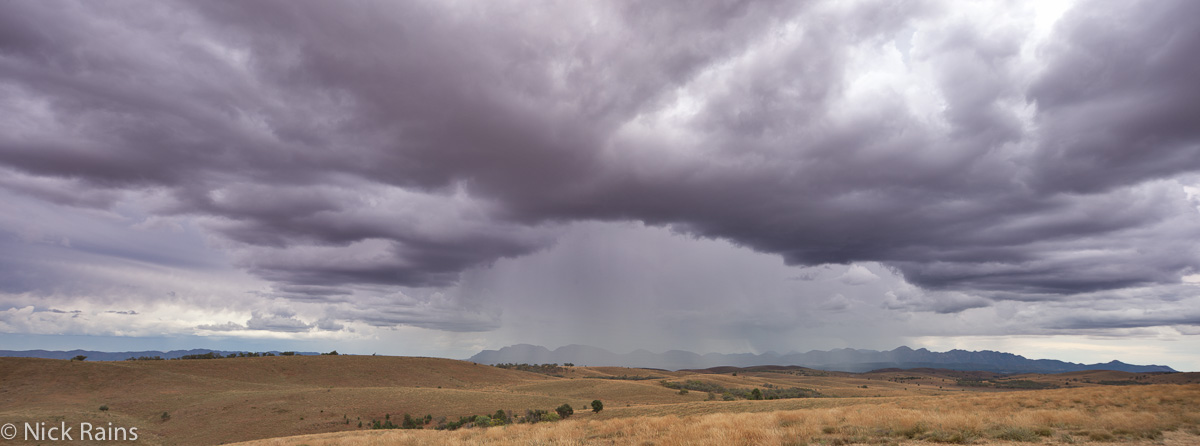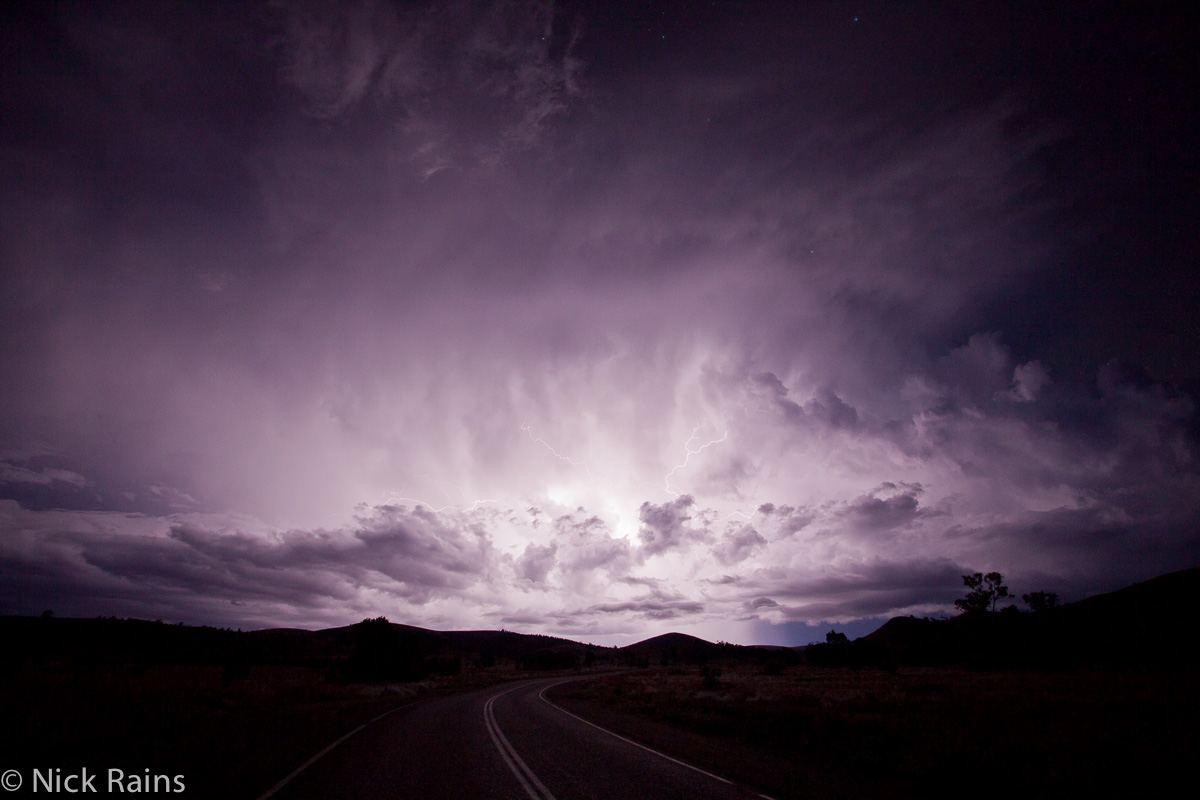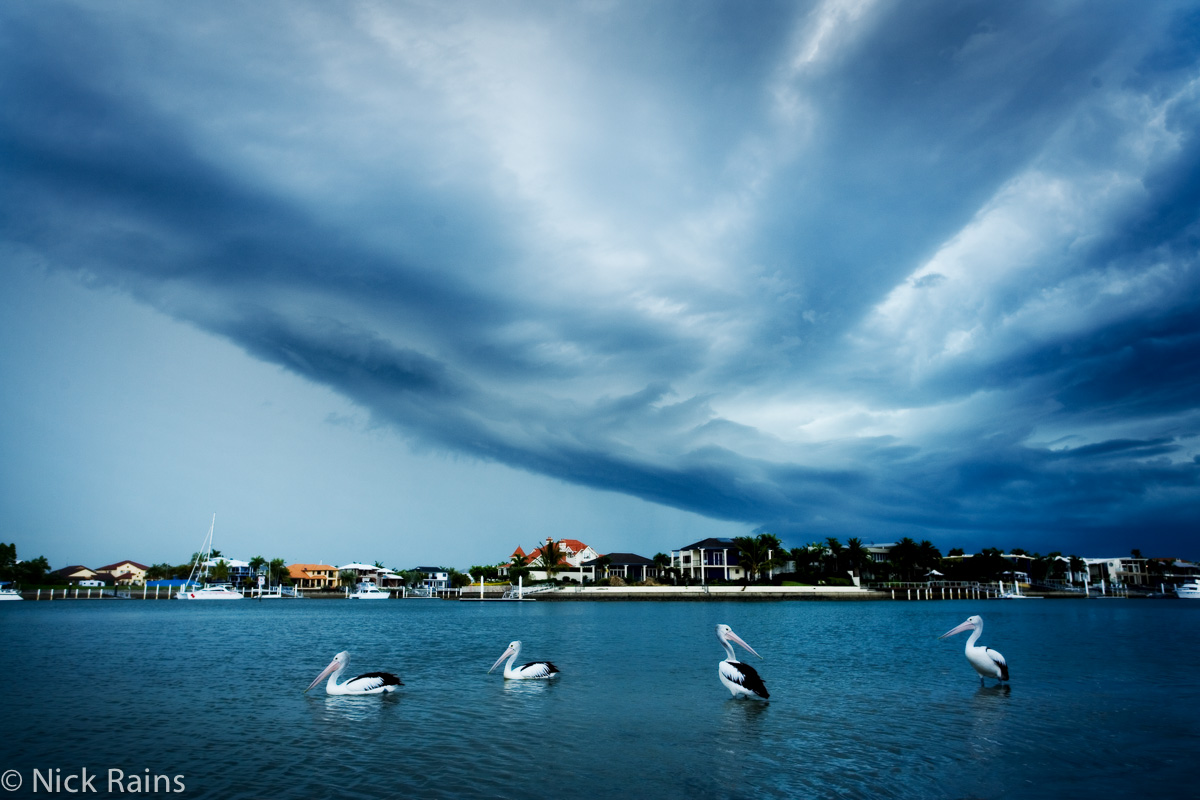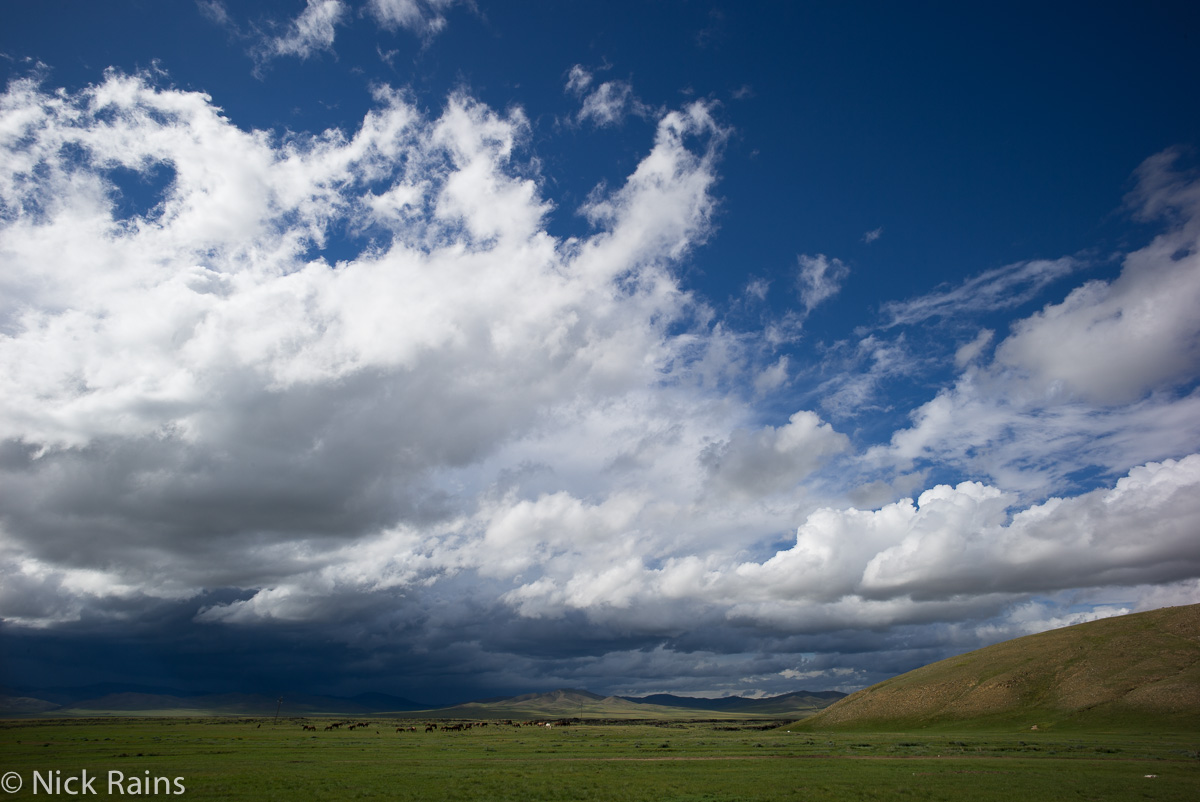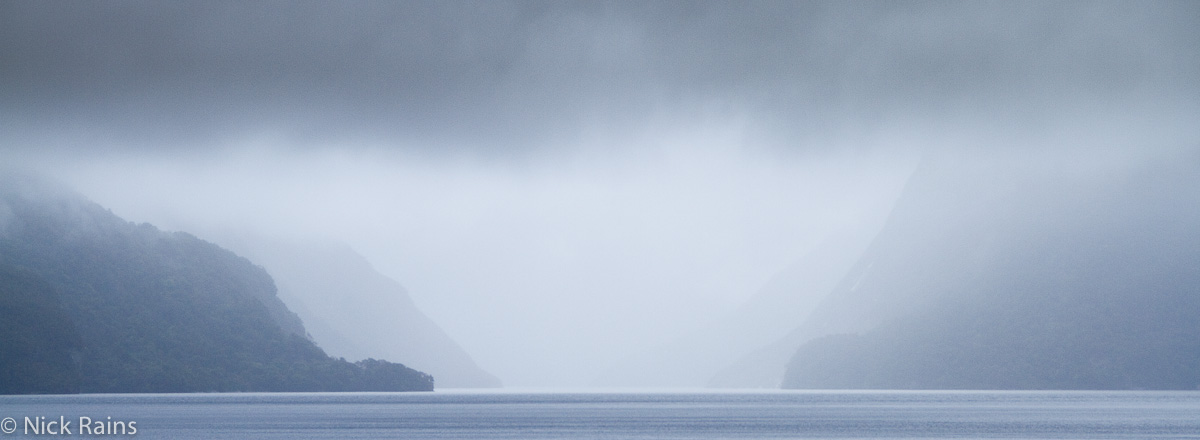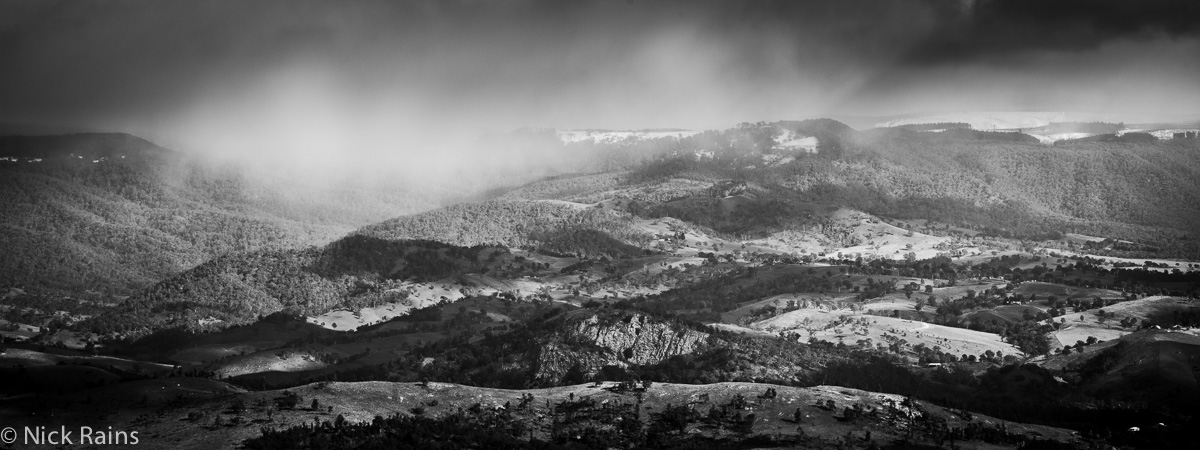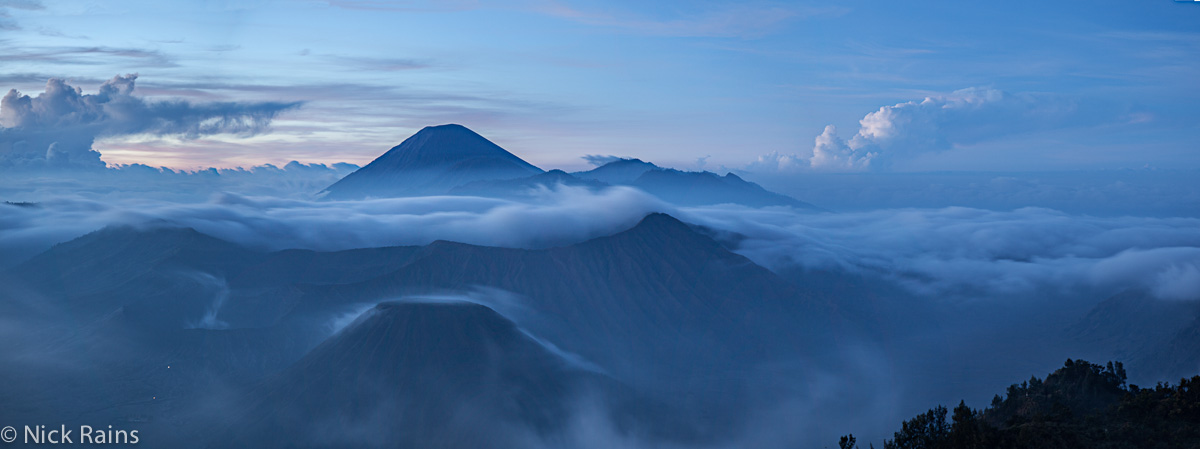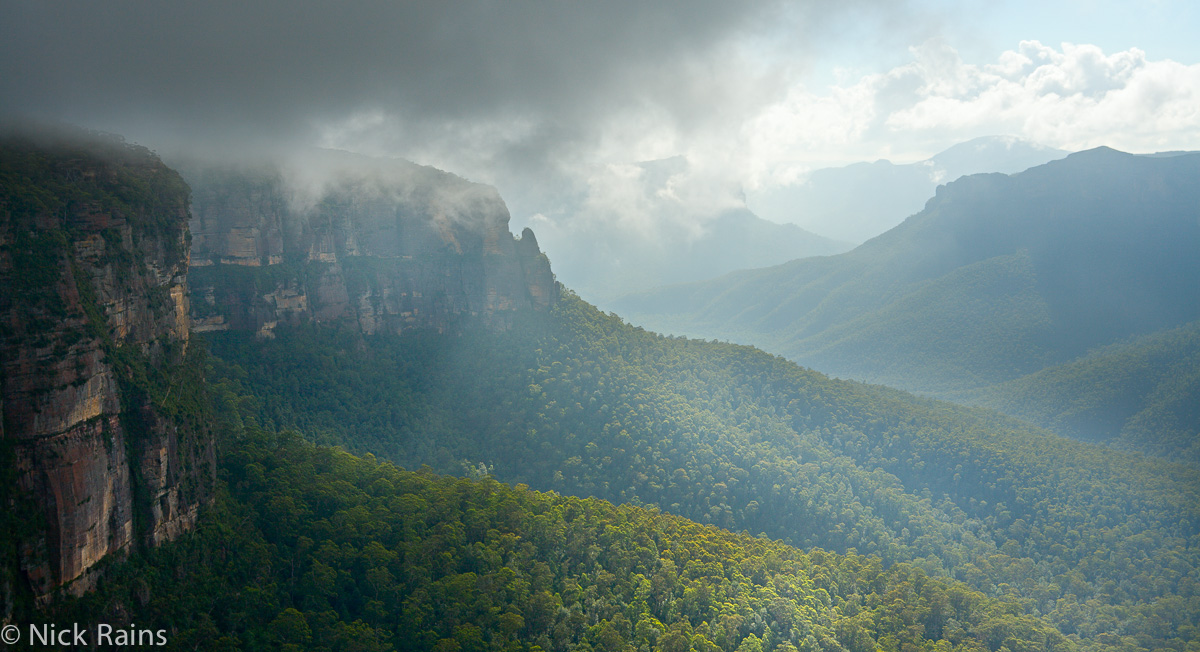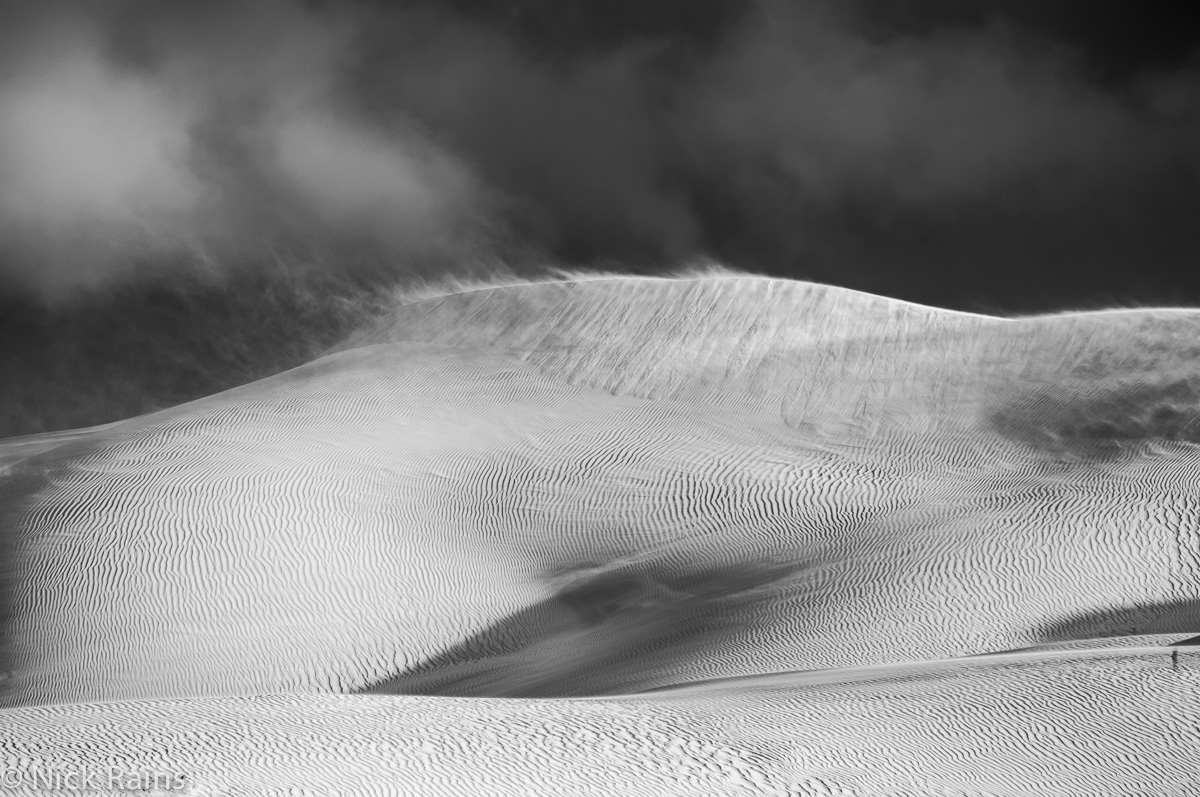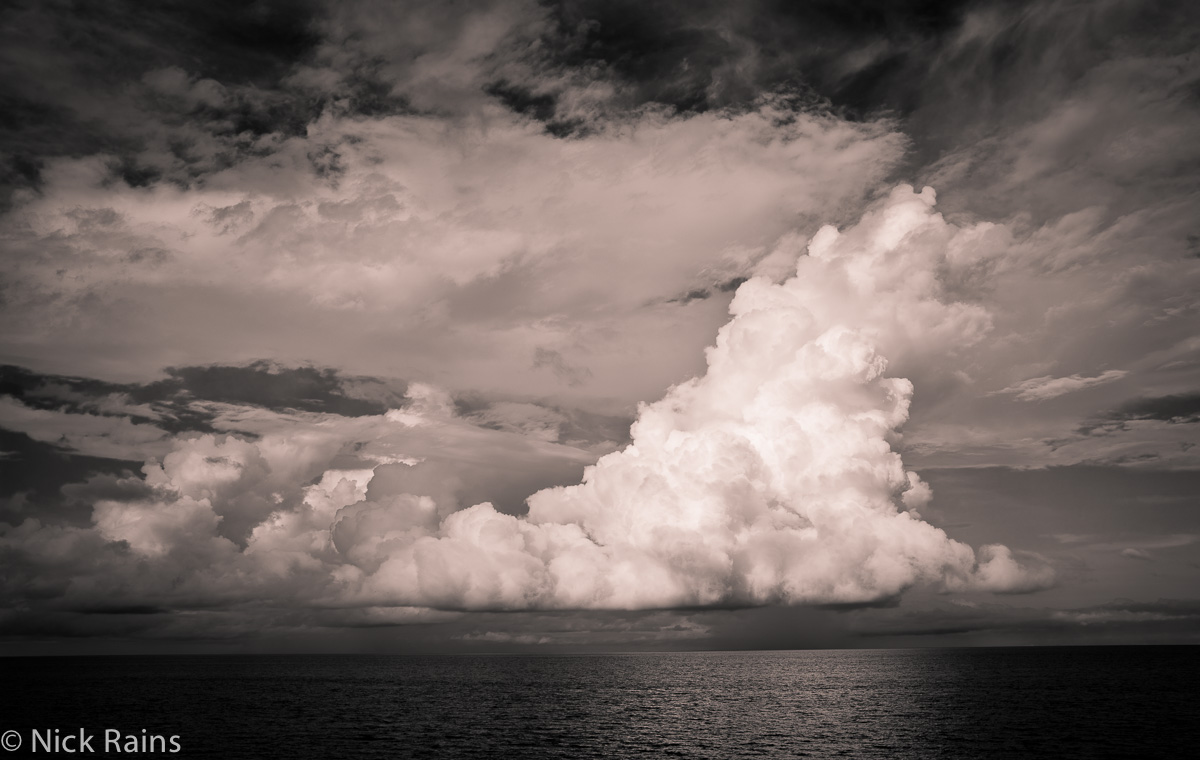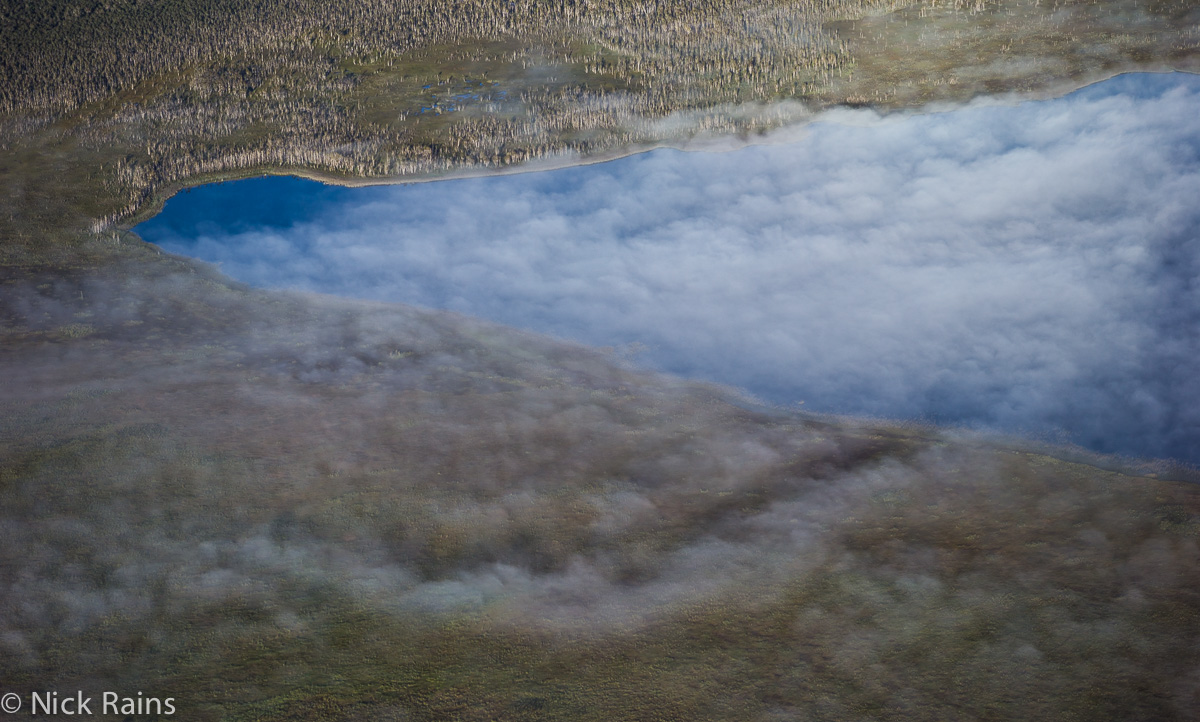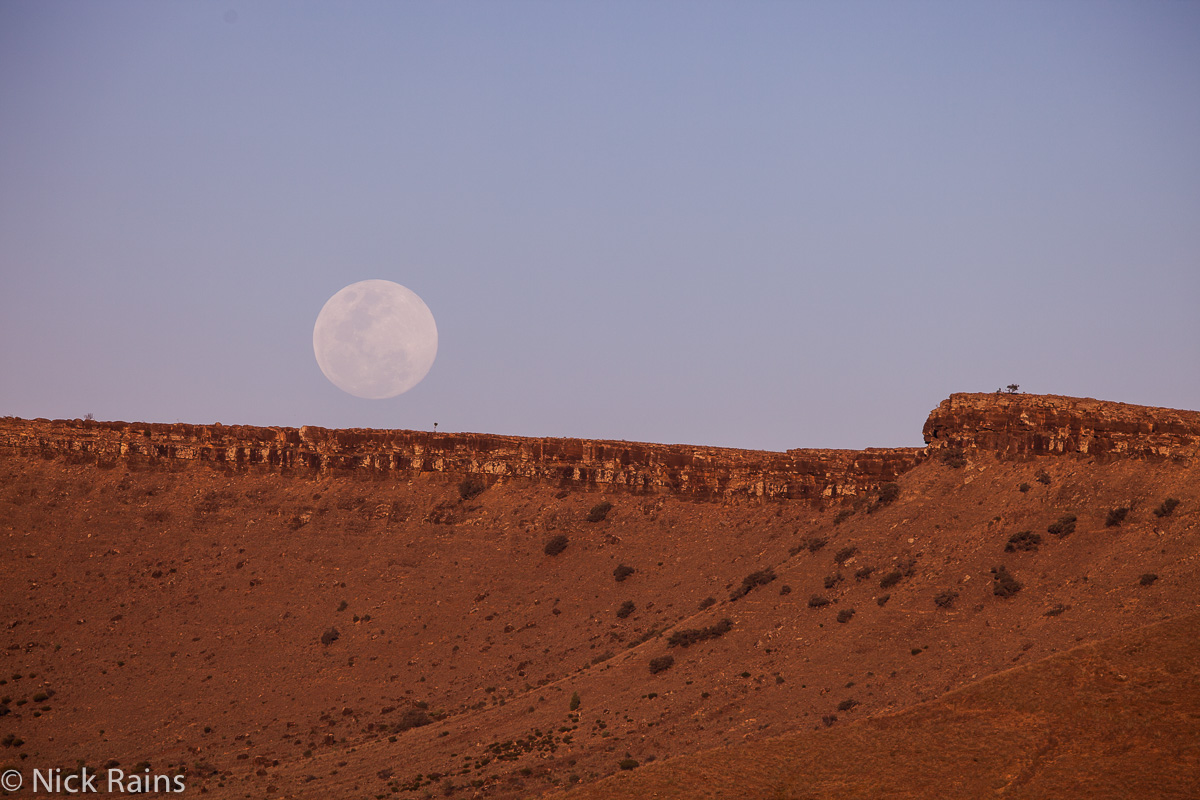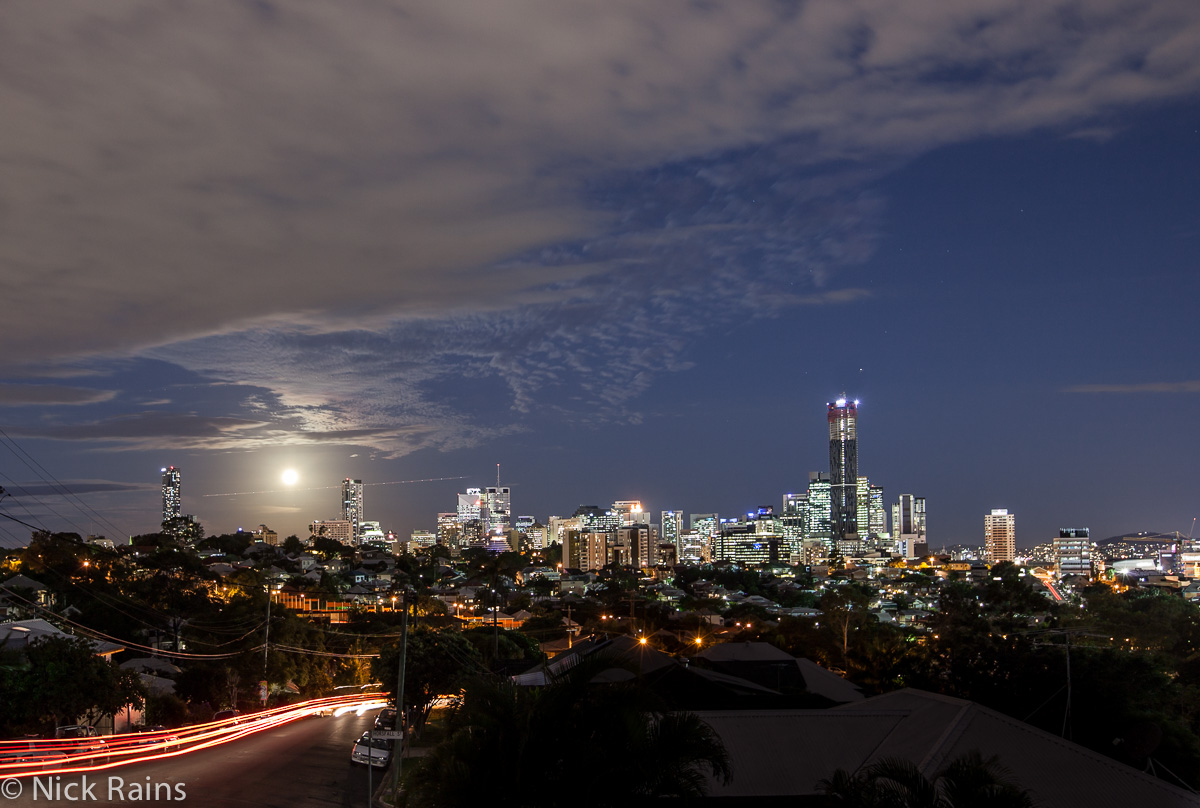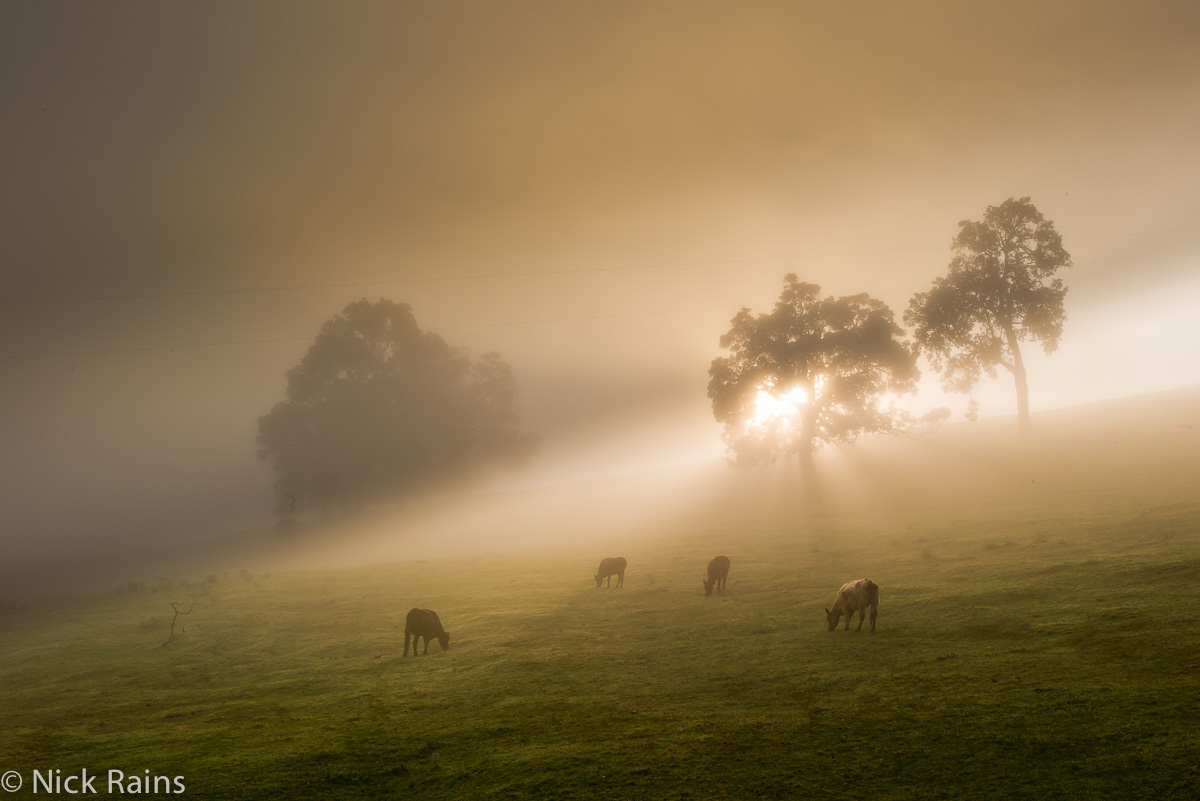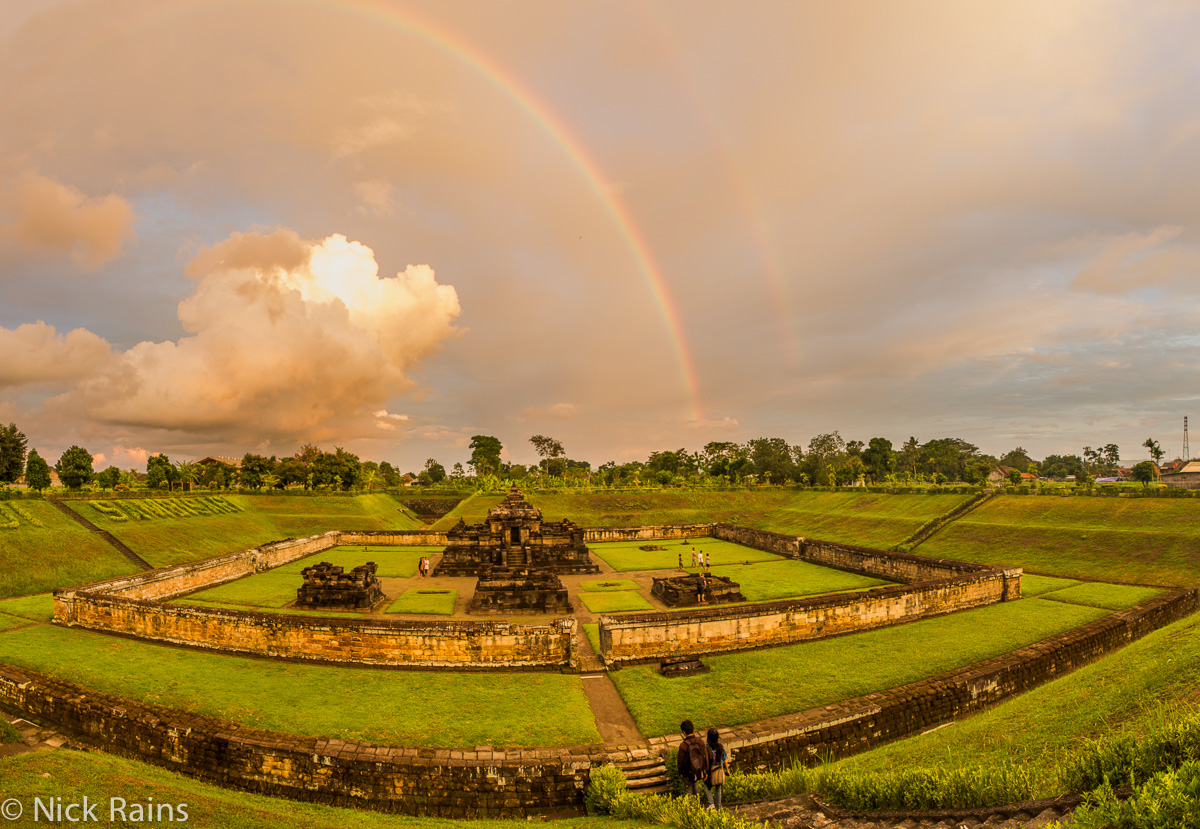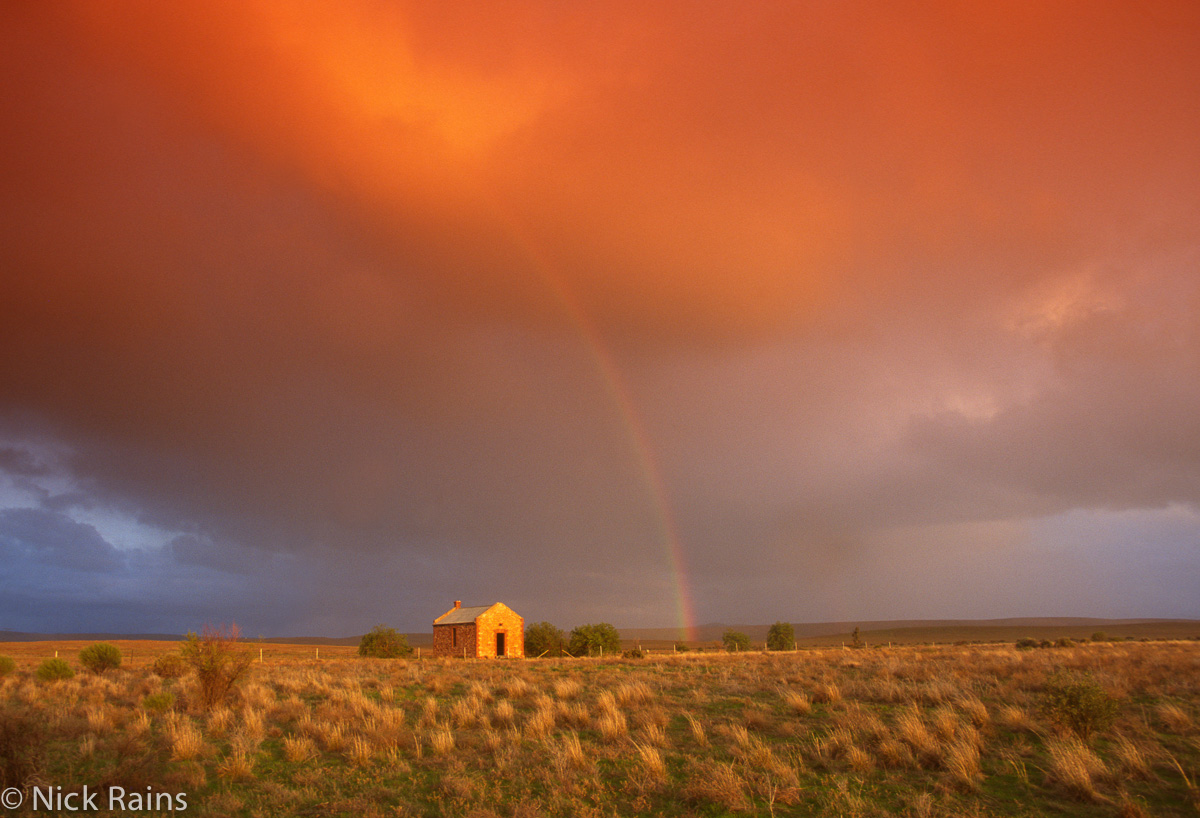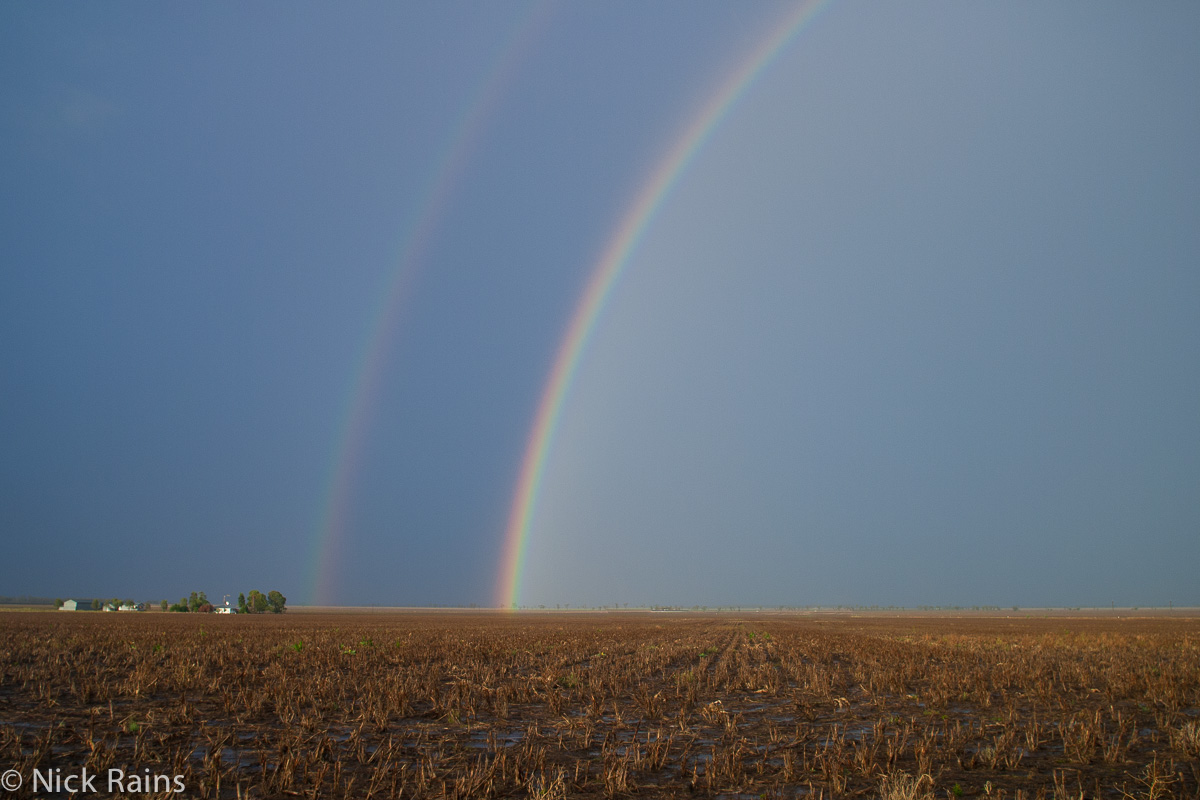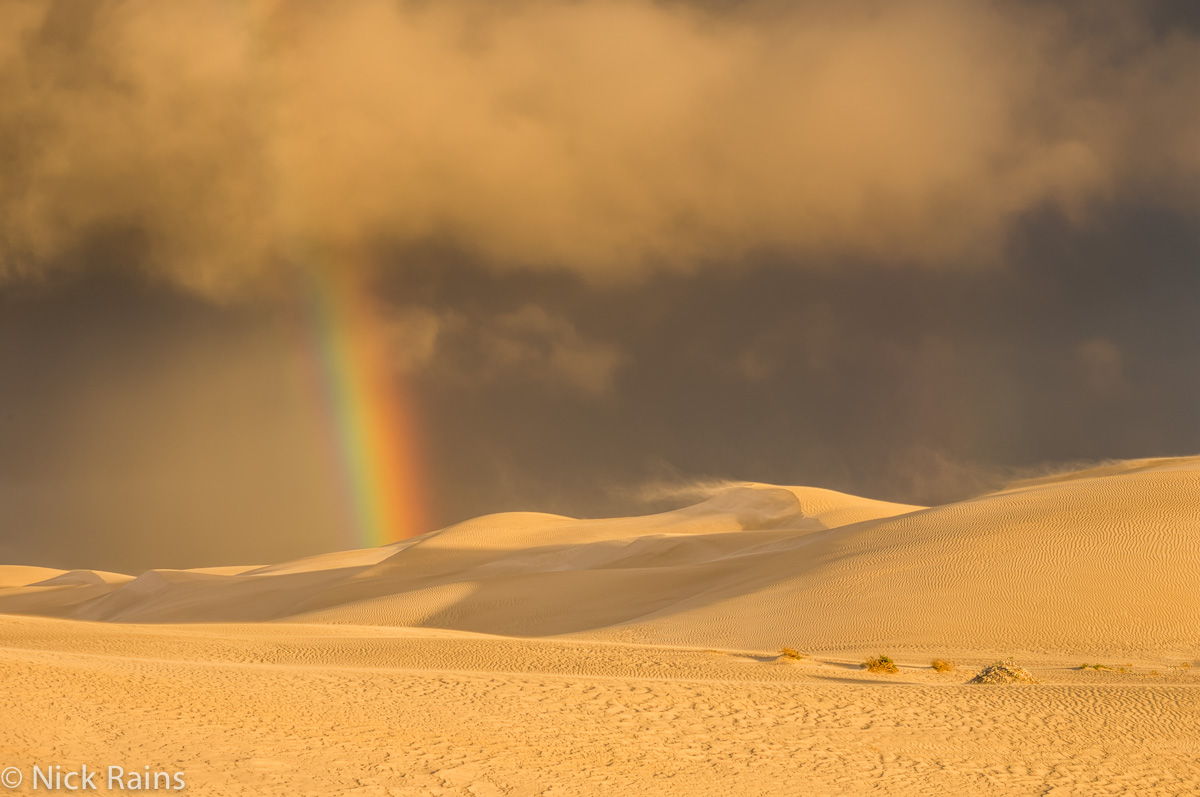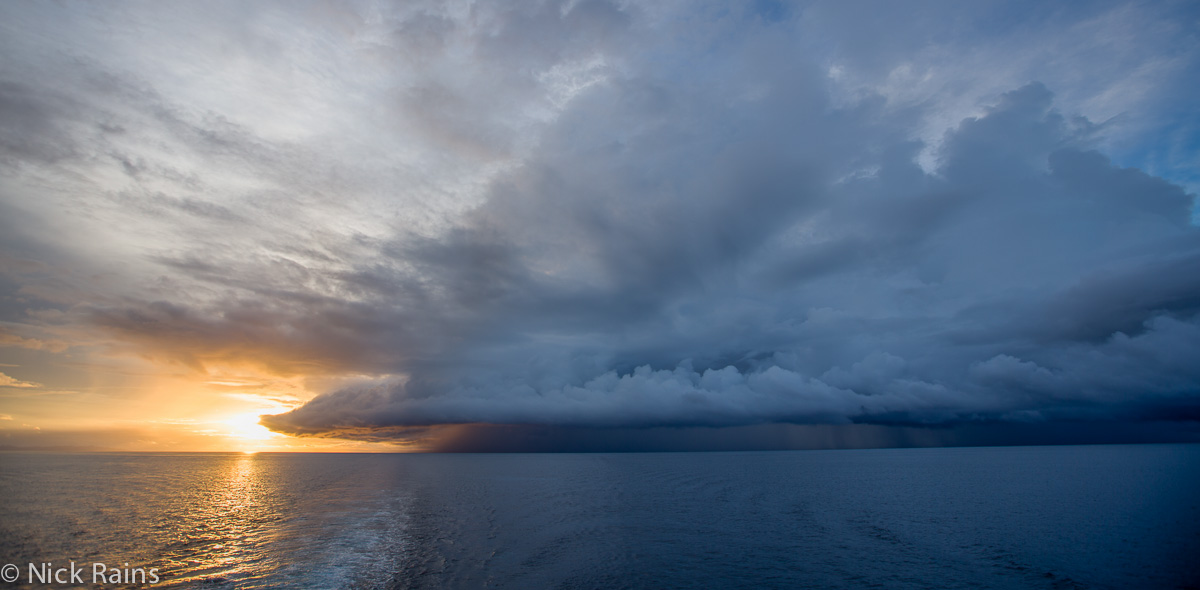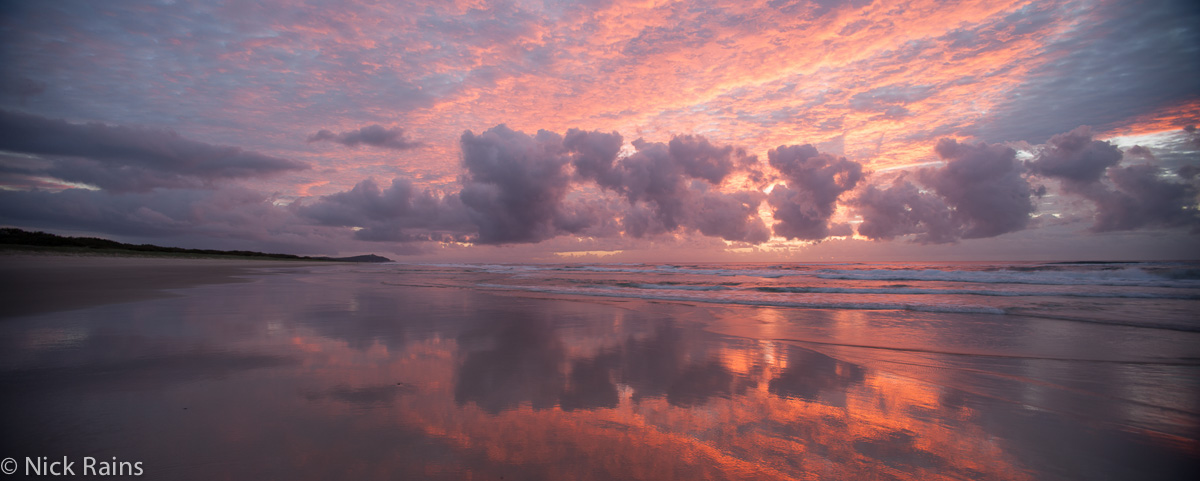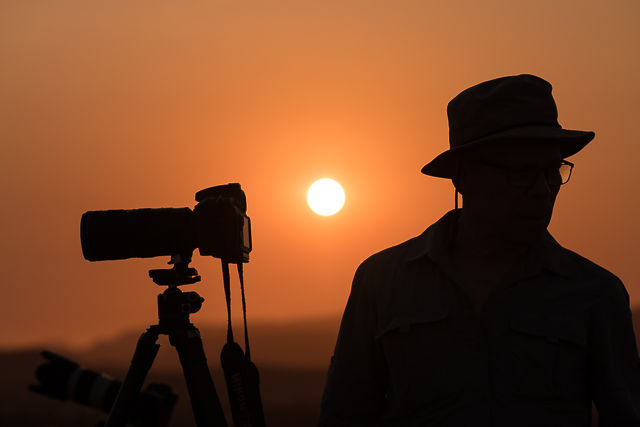Some quick tips for weather photography
1. The best camera is the one in your hand.
Good photo opportunities sometimes come at you out of the blue. You might not be looking for images; you might be on your way to work or just out with the family. When an opportunity leaps out at you, like when you see a really spectacular cloud formation, then it matters less what sort of camera you own then actually having any camera at all!
Many phone cameras are more than adequate for these sorts of grab shots but for the keen enthusiast it’s easy to be dismissive of the image quality of camera phones. Sure, your top of the line Leica is obviously a better camera but if you don’t have it with you then the phone camera will still capture an image – any camera is better than no camera when you see something spectacular.
The easier a camera is to use, like phone cameras or point-and-shoot compacts, the more you are likely to be a bit ‘casual’ about your shooting techniques. In many cases compact cameras and camera phone can take sharp, well exposed images if you give them a chance.
It’s important to keep the camera as steady as possible so it can take a sharp image. If the light levels are low, brace it against something like a tree or a post to reduce any wobbling. Even put it down on something soft like a coat or bag, and use the self timer to take the shot so you will get a rock solid photo. It’s quite possible to get good night shots with even very modest cameras by using the self timer and not trying to hand- hold the camera.
Your eye has the ability to focus your attention on small details, a little bit like a zoom lens. The camera can’t do this without using a real zoom lens so it’s common for people to see their subject quite small in the final frame and be a bit disappointed.
All images have some sort of ‘subject’. The subject is usually just the reason you are taking the photo in the first place. It could be a person’s face, a great view, or an amazing weather pattern. When you look through the camera’s viewfinder, ask yourself “Is the subject big enough in the frame?” If the answer is “no” then consider moving closer or using the camera’s zoom, if it has one, to make it really obvious what the subject is. Thinking Big and Bold makes strong images!
Today’s cameras have so many options, the manuals can be hundreds of pages long, it’s all very confusing. These options give you a great deal of control, and this is a good thing, but sometimes you just want to shoot an image without over-thinking it.
Most cameras have a Program Mode where the camera automatically selects both shutter speeds and apertures for you. This is not the same as the Green Auto setting which, as an advanced photographer, I am a little bit wary of. Program Mode is an excellent ‘compromise’ mode to use if you don’t want to think before you shoot – it lets the camera do the work without any fuss and will choose reasonably sensible settings.
I’d also suggest leaving the camera set to Program mode when you put it away too – there is nothing worse than seeing a fantastic photo opportunity and finding out you have the shutter speed set for a long night exposure! Get the shot, then if you have time, consider how you can get the best shot possible by thinking about what other settings to use.
From a photographer’s point of view there is no such thing as bad weather – if it’s sunny then beaches look good, if it’s cloudy then rainforest images look great. Best of all, if it’s really stormy there is the potential for great images because good skies can make or break a photo.
Images with great cloud formations will almost always look better than the same shot with a plain blue sky. When storms clear and pass over then you can get really atmospheric light: so when the weather is ‘bad’ get your camera out and be ready.
6. Watch the weather forecasts
Knowing what the conditions are likely to be over the next 24 hours is useful information for the keen landscape photographer. Weather radars are great for anticipating approaching rain, and when the rain passes there is always the possibility of great light.
Temperatures and humidity are good clues for getting morning fog – again a great subject for images. When the dew point is above the air temperature and the humidity is high then water vapour can condense and give fog patches.
7. Abstract Images
When you see a great image (and have remembered to bring your camera) the temptation is to shoot one image which includes all the ‘good bits’. That’s a great start but when you have that shot in the bag have a think about isolating some of the elements of the image by zooming in.
Sometimes a great landscape shot with awesome clouds can yield many different images – the overall scene, the cloud shapes, rays of light, distant hills etc. Use the zoom or a longer lens to get in tight and focus on small parts of the bigger scene.
8. Dusk and Dawn
It’s not a cliché – the best images are often taken at the beginning and end of the day when the light is low and the shadows are long. Knowing when the sun rises and sets is really useful knowledge so you can be in the right place at the right time.
Underneath The Weather Channel’s Weather Map there is a ten day forecast for your local area as well as the times for Sunrise and Sunset at that location. This is important as the times can vary a lot between the west and east, even within the same State. Change the location for the weather forecast and the sunrise / sunset times will change too.
Great for photos but not very common – or so you’d think. Rainbows can be seen when the conditions are exactly right. The sun must be out, it must be behind you, it must be below about 45 degrees above the horizon and you must be looking at clouds or rain showers. You will also need a very wide angle lens to get the whole arc in your shot – 20mm or wider.
The rainbow’s colours come from light being refracted back to you when sunlight hits the water drops in clouds or showers. That’s why they are always opposite the sun. Knowing where and when to look for rainbows helps find them – they are not as rare as you think.
10. Sunsets
See a good sunset – point your camera at it – it’s not hard to get a decent picture of the great colours. But did you ever think to turn the other way and see what the bright reds and yellows are illuminating? Turn the sunset into a light source not a subject.
Some of the best landscape shots are taken after the sun has set, looking away from the sunset, and let the soft warm light from the sky shine on the scene. You’ll need to take care to get a sharp picture because the light levels can be low but it is worth the effort.

